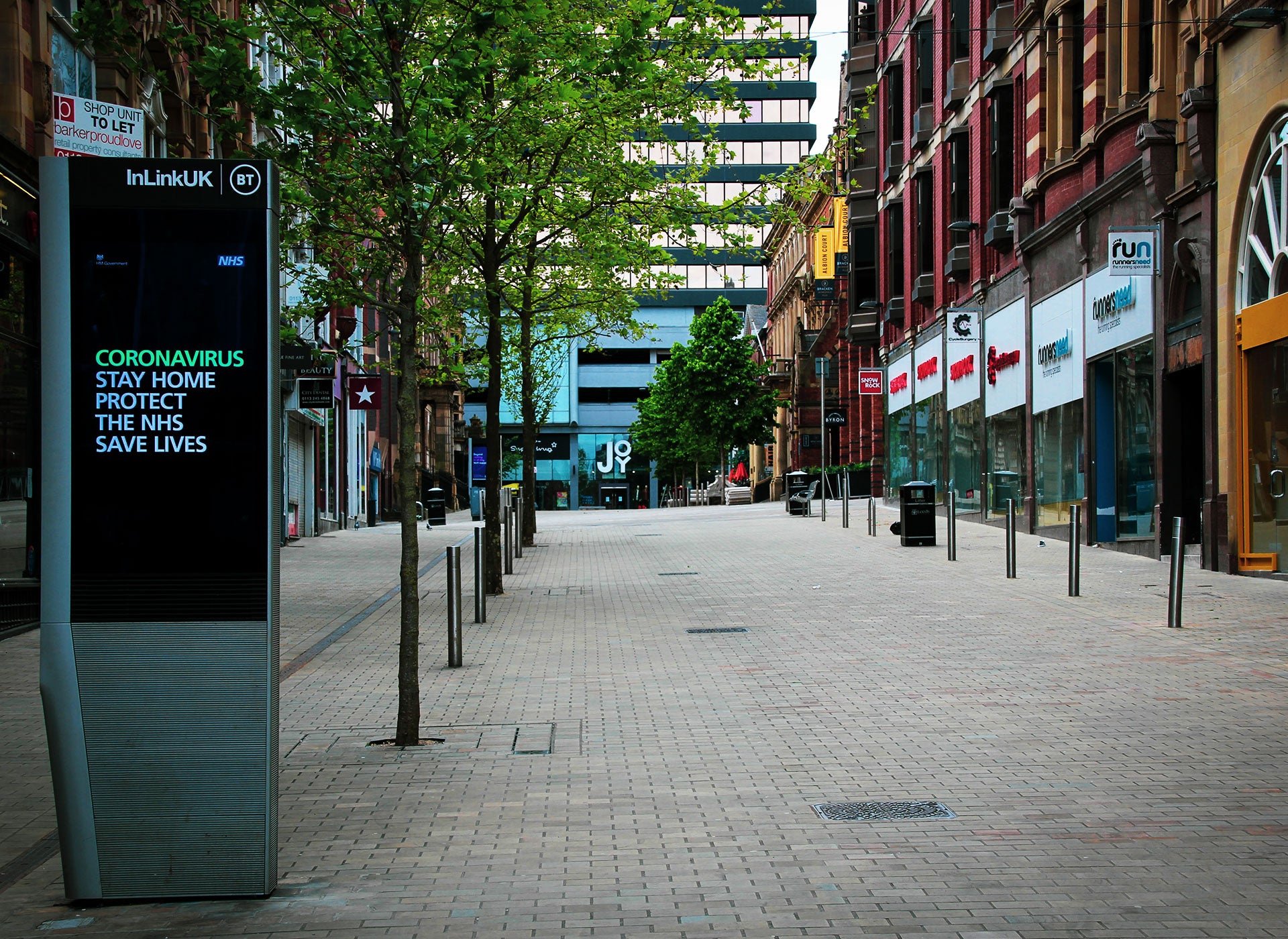
Managing the end of lockdown and returning to some semblance of normality is a priority for everyone at the moment. The lifting of restrictions on the use of public spaces, the tricky issue of getting back onto public transport, socialising, and even planning holidays presents challenges and huge implications for containing Covid-19.
Gathering data to inform the actions and communications we take now is crucial if we are to avoid triggering a second wave of infections. A two-pronged test-and-trace approach is widely seen as the only effective way to restart faltering economies and ease lockdowns, enabling the chain of infection to be broken by identifying and isolating those at risk.
But there is currently no consensus over the best ways to gather data and use contact-tracing communication, primarily whether this process should be centralised, or not. Clearly widespread testing is needed to identify those that are Covid-19 positive, allowing them to isolate themselves, and for contact to be made with anyone they have encountered.
Contact tracing apps: Centralised vs decentralised
Mobiles with trackable locations are the obvious way to glean this contact-tracing data. However, there are two ways to approach this – by downloading and using contact-tracing apps, or through public warning systems using existing telecoms infrastructure to mass message those at risk.
There are a number of contact-tracing apps in development that aim to track and log social interactions via Bluetooth and automatically alert users if someone recently in their proximity tags themselves as infected. This takes place on users’ phones, hence a ‘decentralised’ approach, but other approaches, where the data is held centrally by authorities come with greater privacy concerns and are described as ‘centralised’.
Decentralised apps are reassuring in terms of the privacy they offer users, but there is no way for governments to assess who has been alerted, unless users tell them, so compliance rates with protection measures are unknown. Another major issue with phone-based apps is that they require a significant percentage of the population – 80% according to Oxford University – to download them for it to be useful.
How well do you really know your competitors?
Access the most comprehensive Company Profiles on the market, powered by GlobalData. Save hours of research. Gain competitive edge.

Thank you!
Your download email will arrive shortly
Not ready to buy yet? Download a free sample
We are confident about the unique quality of our Company Profiles. However, we want you to make the most beneficial decision for your business, so we offer a free sample that you can download by submitting the below form
By GlobalDataEnd of lockdown: An alternative approach
While the debate rages, there is another way to tackle the issue – through public warning systems. These can calculate the number and nationality of mobile devices in a specific location (without collecting personally identifiable information) and send alerts to those devices. Combined with contact tracing this is an effective solution for preventing a second wave.
Even more pertinent as countries begin to plot a path back to a more normal life through a phased lift of lockdown is that an effective, proven and tested ability for location-based alerts already exists in the form of public warning systems.
Countries are already using these systems, Norway and Iceland among them. For Covid-19, they can be used in tandem with contact-tracing apps to overcome their limitations, by reaching a greater proportion of the population beyond the userbase.
Benefits of public warning systems
Governments can quickly send ‘at risk’ alerts to any devices that were in a defined area – such as a shopping centre – in the same timeframe as an app user who has since logged themselves as infected, along with advice to get tested or self-isolate. The messages don’t require prior sign-up and can be used to target anything from specific geographic areas where Covid-19 infections have been identified, to entire populations. Users do not need to worry about privacy because the system communicates with the SIM card of all devices connected to the network in that area and has no access to private data.
It is unlikely that coming out of lockdown in any country will be smooth, and we may come in and out of various stages as the virus re-emerges and then wanes. During this period, public warning systems can be used to keep citizens updated on the current restrictions in their area.
The other advantage of these solutions is that they include two-way messaging, allow recipients to confirm receipt, or alert authorities to any particular vulnerabilities. They also help enforce lockdown measures by monitoring for any clustering or crowds, such as in city centres or tourist hotspots, and sending alerts to those phones reminding them of social distancing rules. This, in turn, enables full situational awareness for all stakeholders in the crisis – those impacted, those who need to know, and those who can help.
Nobody is under any illusion that the road ahead will not be difficult, which is all the more reason to be reliant on up-to-the-minute information. Technology is key to saving lives throughout a phased release, but to maximise its potential, governments need to focus on generating useful data and communicating what they find to inform and guide the next phase of their response. Using purpose-built tech solves a significant part of the puzzle.
Read more: Contact tracing technology needs to be balanced with privacy rights



